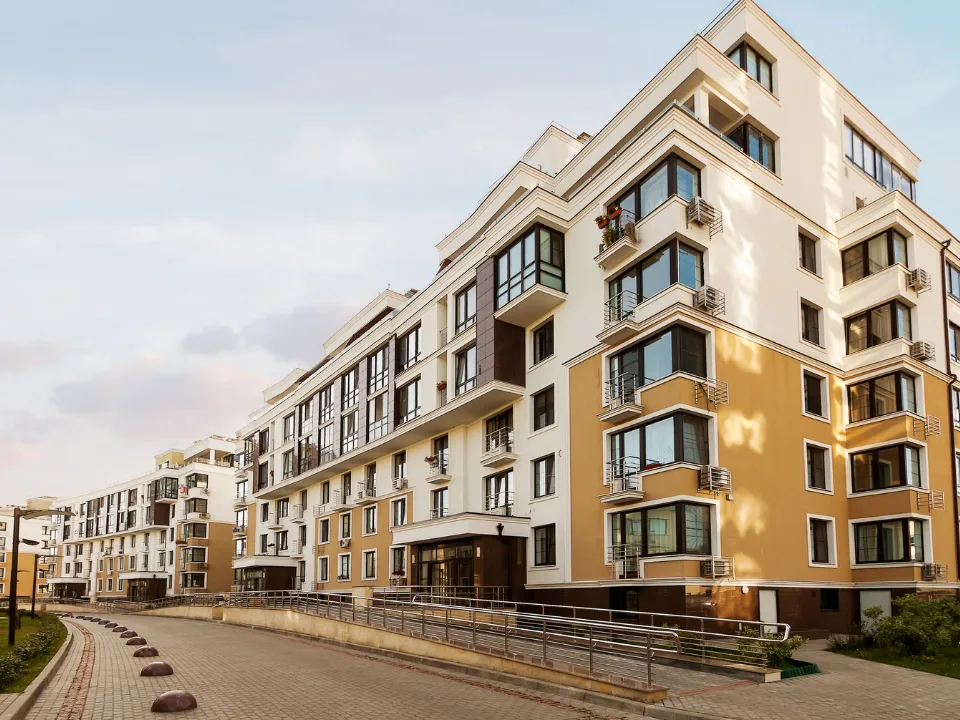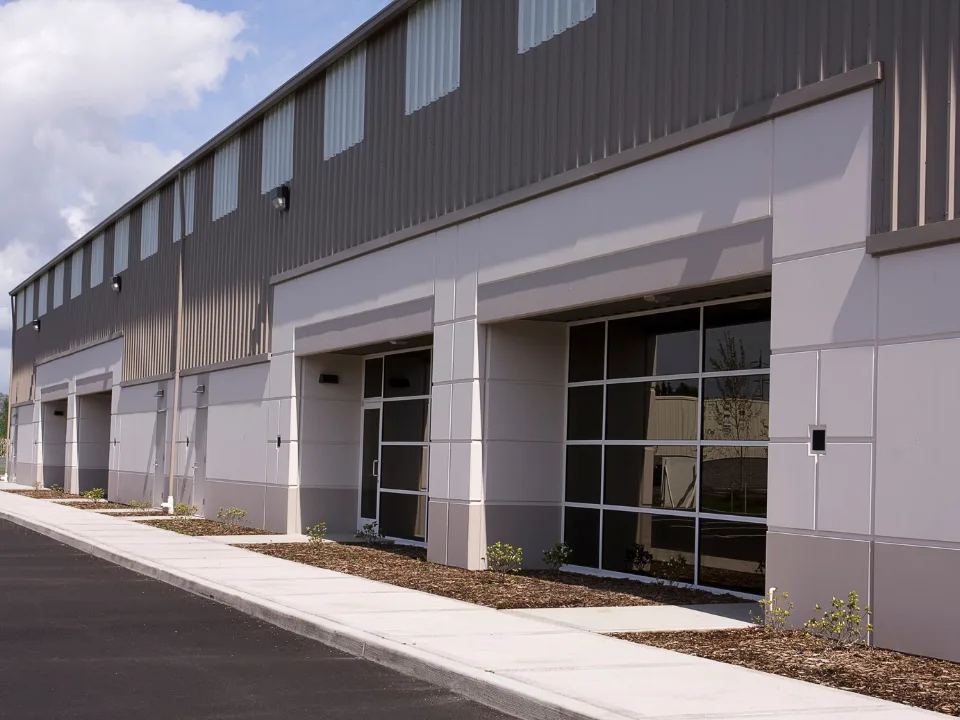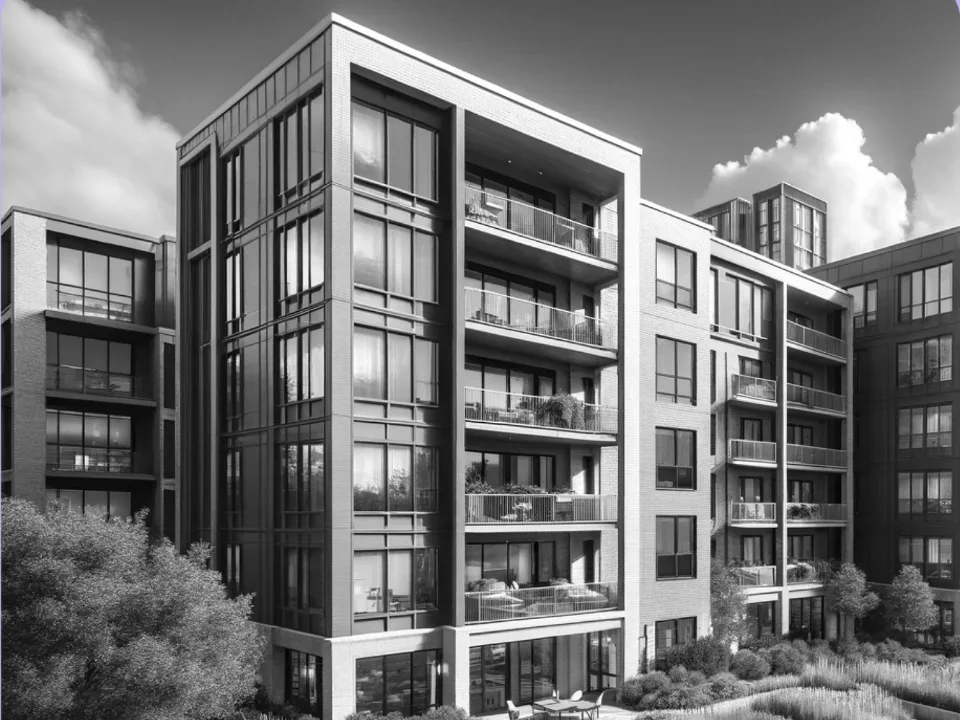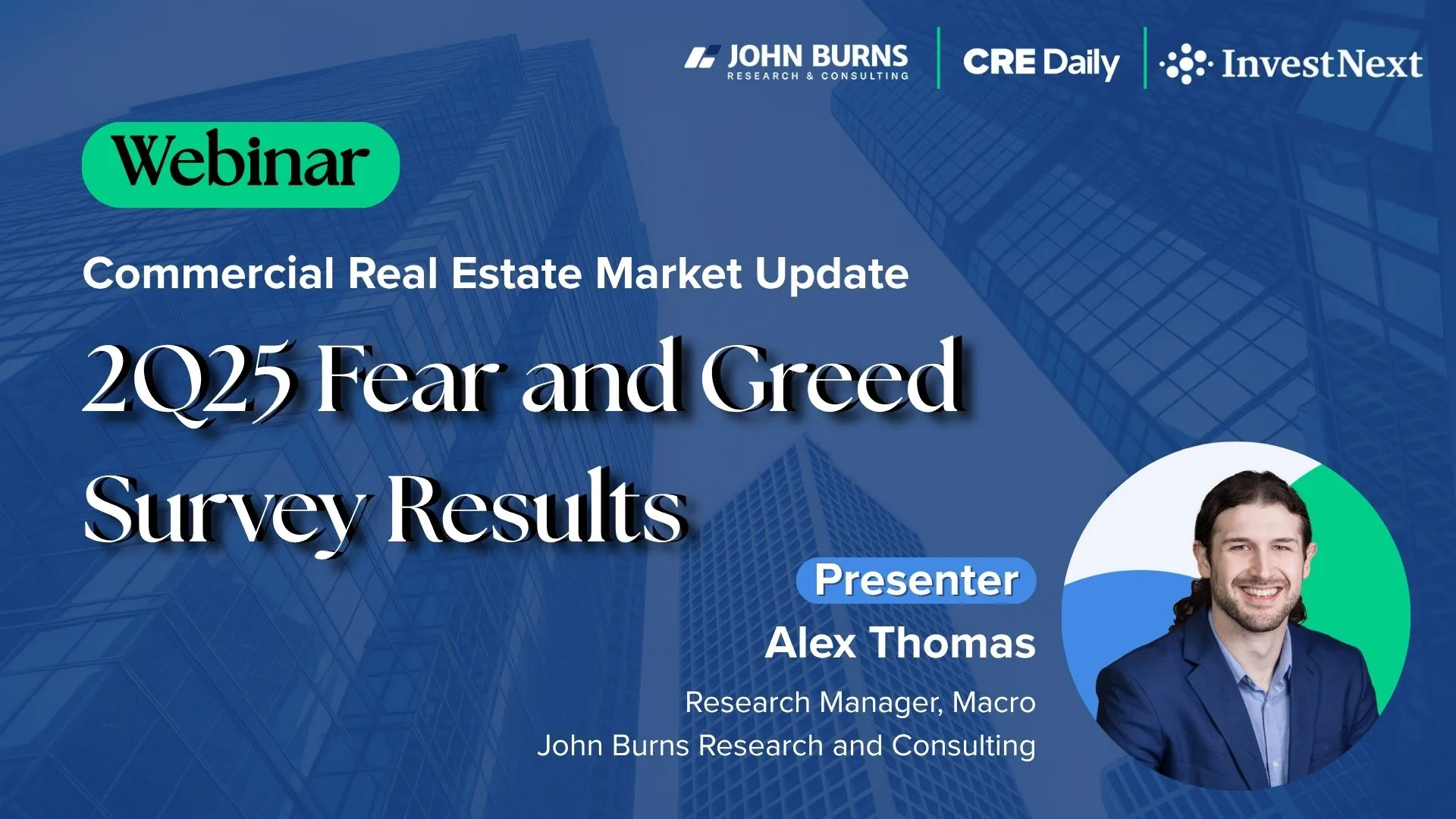- US multifamily rent growth remained subdued in spring 2025, rising only 0.2% monthly from March through May—about half the average of past cycles.
- Peak apartment deliveries and slowing labor force growth are weighing on demand, particularly in high-supply Sun Belt markets.
- Despite soft conditions, Yardi Matrix holds its 2025 national rent growth forecast at 1.6%, with a gradual recovery expected into the 3–4% long-run range.
As the US multifamily sector enters peak leasing season, modest rent growth, economic uncertainty, and rising supply define the landscape, reports Yardi Matrix. While the broader economy remains resilient, signs point to slower momentum ahead for apartment demand.
Spring Slowdown
From March to May 2025, national average asking rents rose just 0.2% monthly—well below the 2010–2019 seasonal norm and down from 0.4% over the same period in 2024. The slowdown is most evident in Sun Belt metros, though markets in the Midwest and Northeast are also cooling.
Get Smarter about what matters in CRE
Stay ahead of trends in commercial real estate with CRE Daily – the free newsletter delivering everything you need to start your day in just 5-minutes
Policy And Labor Trends
Recent US trade and immigration policy changes are impacting the multifamily outlook. Higher tariffs may raise construction costs, while changes to work authorization programs are slowing labor force growth—limiting both new household formation and job creation.
Forecast Outlook
Despite these headwinds, Yardi Matrix maintains its baseline forecast of 1.6% rent growth for 2025 and 1.2% in 2026. A return to 3–4% annual increases is expected in the long term once supply-demand conditions stabilize.
At-Risk Markets
University-centric cities with significant biotech industries—such as Boston, San Francisco, and San Diego—face above-average downside risk amid concerns about declining grant funding and reduced campus activity.
Why It Matters
The current conditions suggest a muted growth phase rather than a downturn. Fundamentals remain intact, but investors and developers should brace for slower leasing and modest rent increases in the near term.
What’s Next
As peak deliveries subside and labor dynamics shift, the multifamily sector is poised for a slow recovery. Market participants will be watching policy developments and university markets closely for emerging risks and opportunities.
















